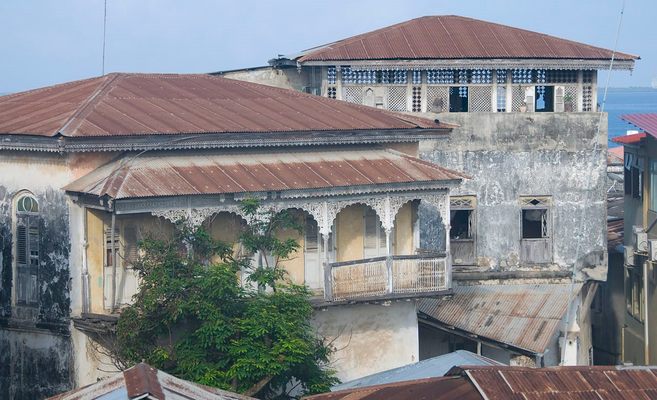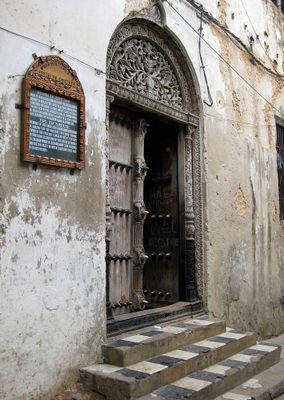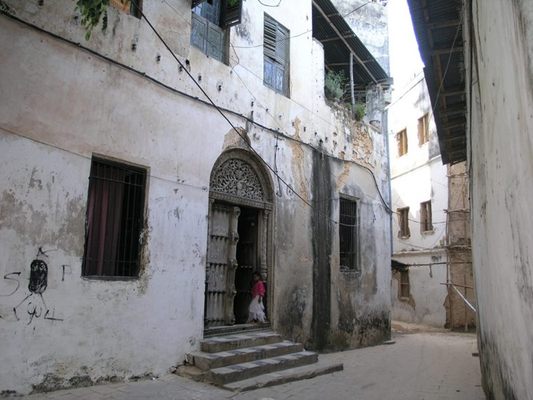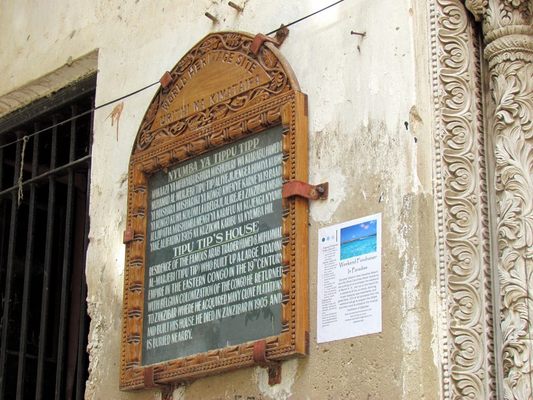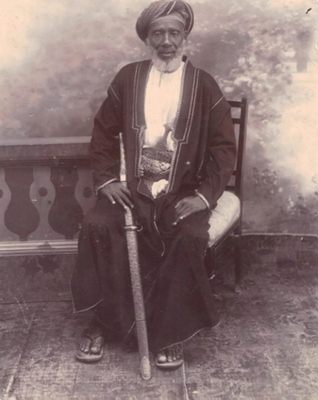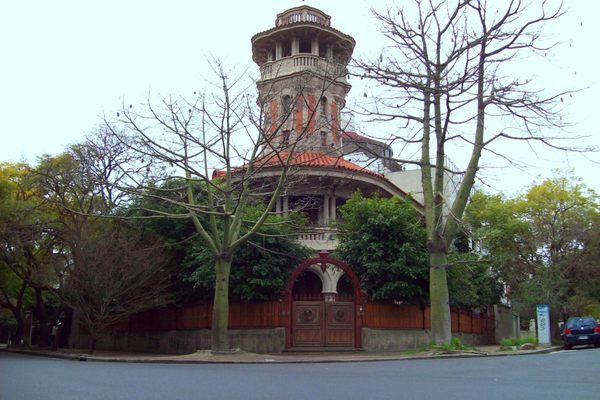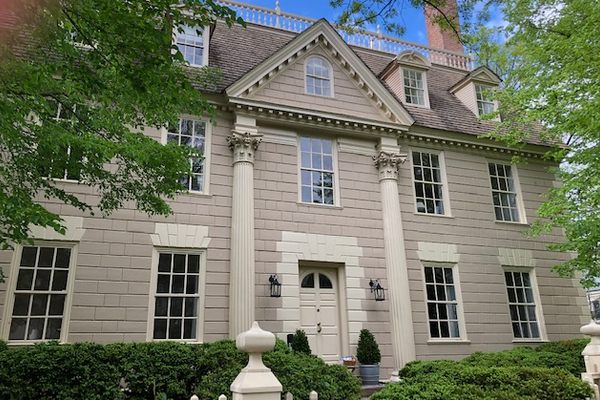About
Stroll down Suicide Alley south from Kelele Square and you'll pass a short flight of marble steps leading up to a heavy wooden door, its elaborate but weathered carvings hinting at the home's former glory. This was the residence of Tippu Tip, a slave trader, ivory merchant, and plantation owner who was once a mighty figure in Zanzibar and a force to be reckoned with on the African continent.
The story of Tippu Tip, whose real name was Hamad bin Muhammad bin Juma bin Rajab el Murjebi, is straight out of the adventure books of old. Born in 1832 to a family of some standing, he left for Central Africa at an early age in search of ivory and enslaved people. His quest was fruitful, and he returned to Zanzibar with the spoils of his plundering.
Tippu Tip then went on to build himself a vast trading empire, his ruthlessness and financial acumen turning him into one of the region's leading merchants. Along the way, he encountered explorers such as David Livingstone and Henry Morton Stanley. He claimed the Eastern Congo for the Sultan of Zanzibar, and was made governor of the Stanley Falls District in the Congo Free State. He led troops in the Congo Arab War, and all the while maintained control of his extensive assets.
By his mid-50s, Tippu Tip realized that the growing European influence in Africa was changing the trading dynamic on the continent. His influence in the Congo was also diminishing rapidly with the rise of Belgian colonization. After carefully considering his options, he returned to Zanzibar where he used his fortune to develop seven valuable clove plantations, and to manage his enslaved workers, who now numbered close to 10,000.
Back in Zanzibar, Tippu Tip had a mansion built in the historic Stone Town area of the city. With its elegant balconies and carved wooden fittings, the large townhouse was befitting of the status of a man like Tippu Tip, who retired here as a wealthy and highly respected upper-class gentleman of Swahili society.
After his death in 1905, the house remained a private residence until the Zanzibar Revolution in 1964. Then began its slow decline. It was converted into a block of flats, and is now occupied by various families of modest means. Today, its arched doorways are crisscrossed with laundry lines, its wide wooden stairways rickety and close to collapse, and the once elegant carved wooden screens stand chipped and peeling in the rays of the Zanzibar sun.
Related Tags
Know Before You Go
Tippu Tip's house is not officially open to the public. Intrigued visitors often pass by the front door and may get a glimpse of the courtyard within. If you're lucky, however, residents of the building might invite you in for an informal tour. A tip is appreciated and typically expected.
Community Contributors
Added By
Published
August 17, 2018
Sources
- http://www.zanzibar-travel-guide.com/bradt_guide.asp?bradt=1800
- http://scattergood.me/post/52707484836/zanzibar-mansions-i-the-house-of-tipu-tip
- https://books.google.co.uk/books?id=tY5sbNZRjKwC&lpg=PA71&ots=xEU8o7Z-Gp&dq=Tippu%20Tip's%20House%20map&pg=PA71#v=onepage&q=Tippu%20Tip's%20House%20map&f=false
